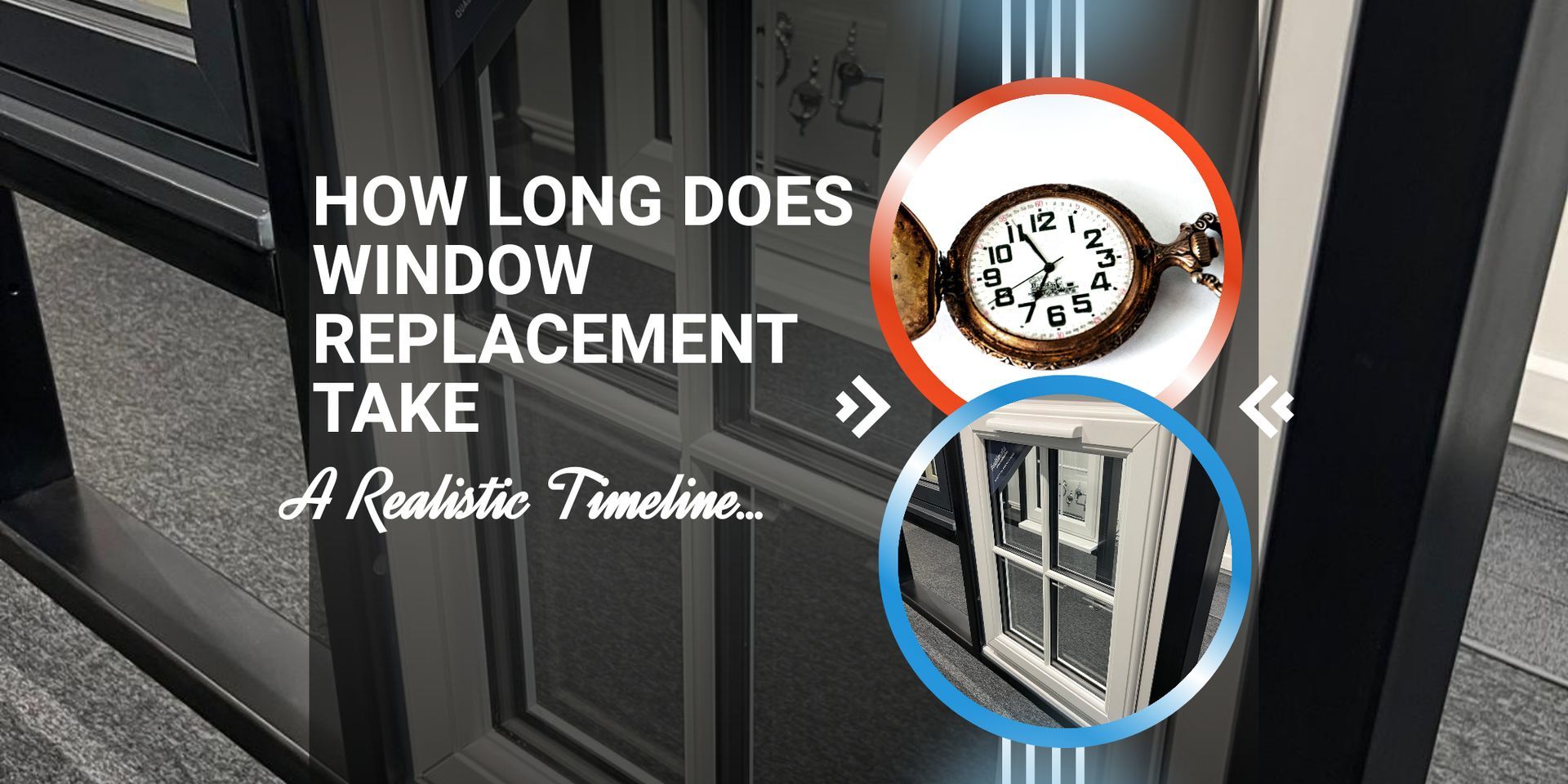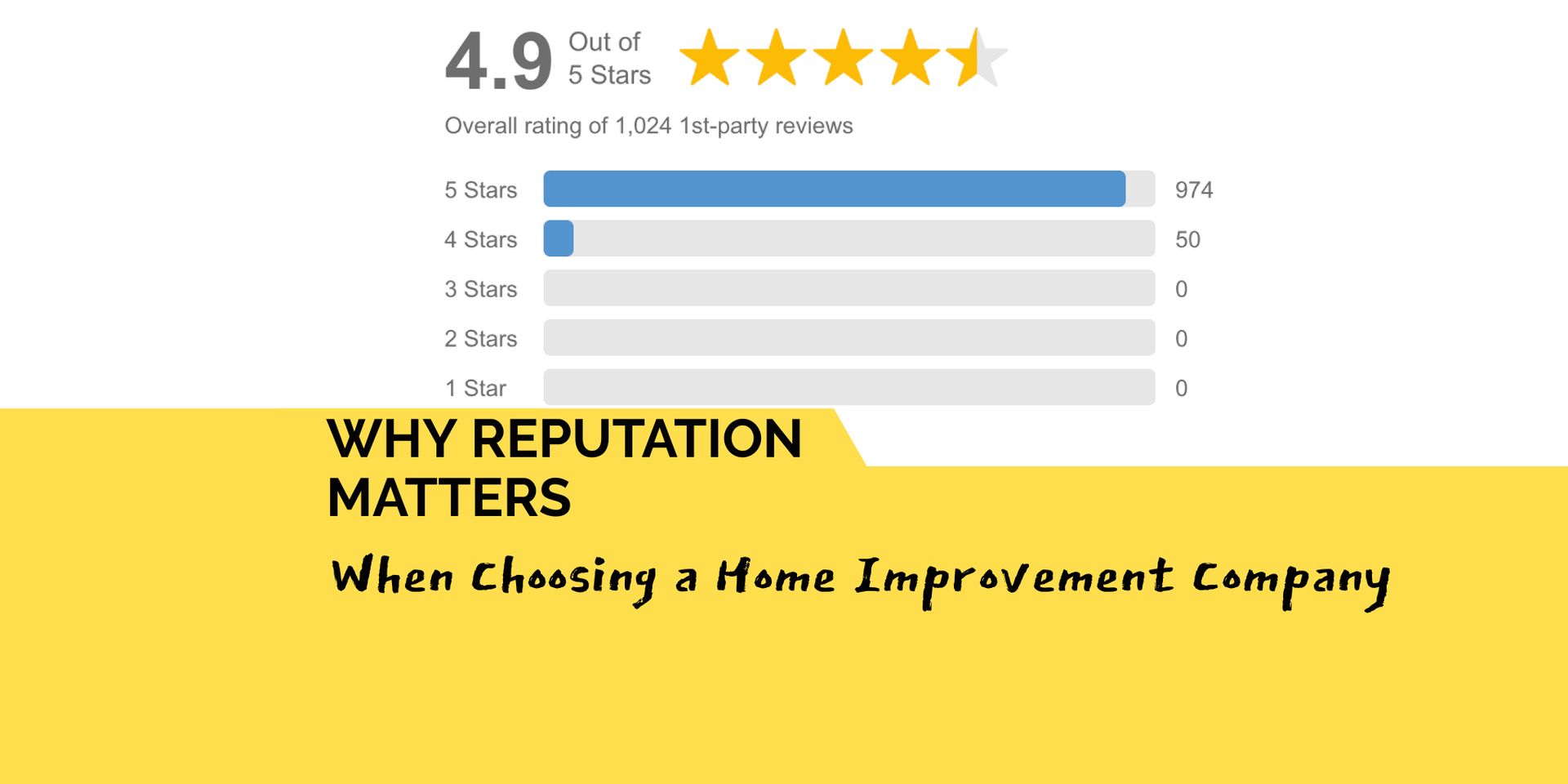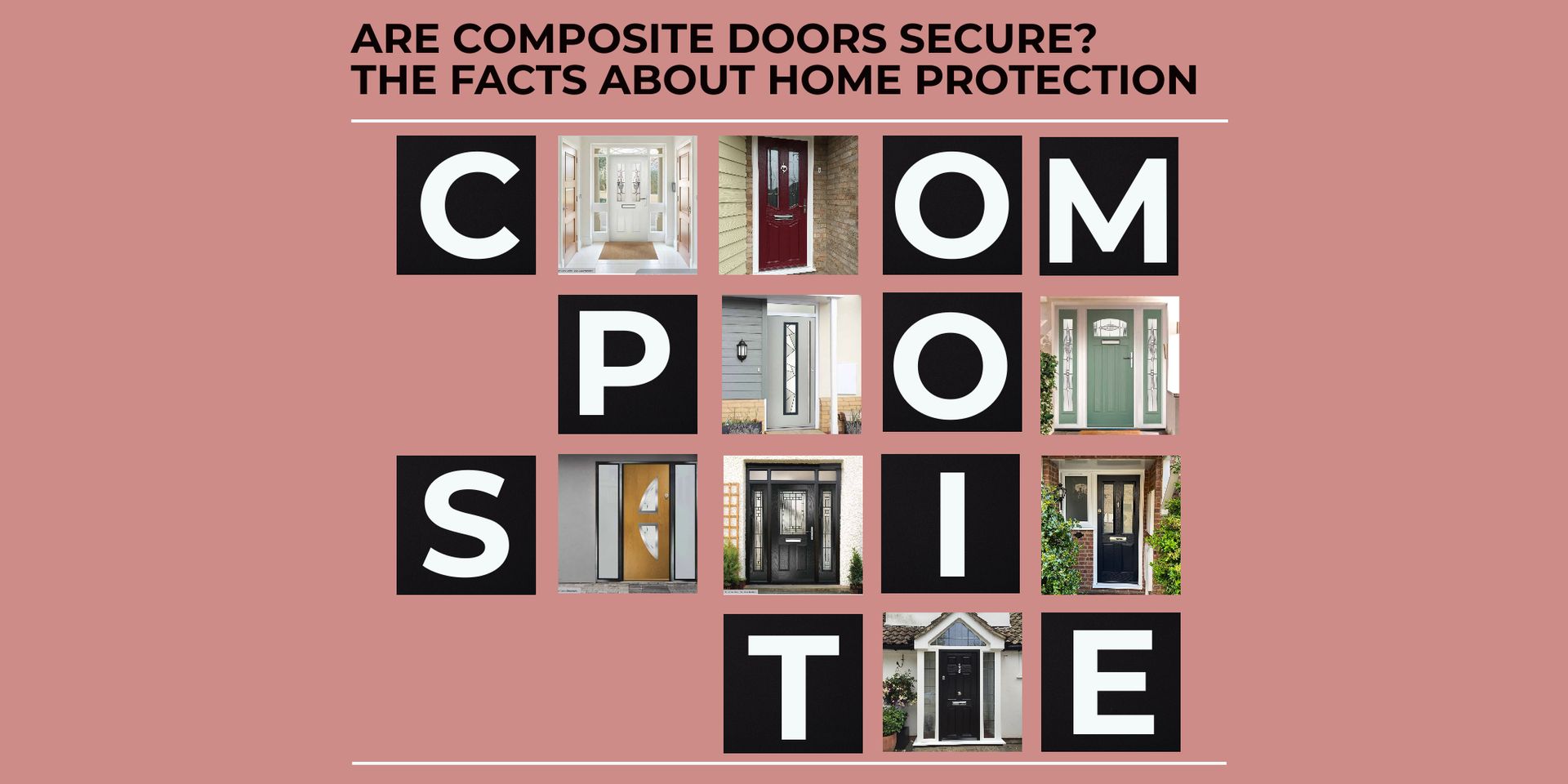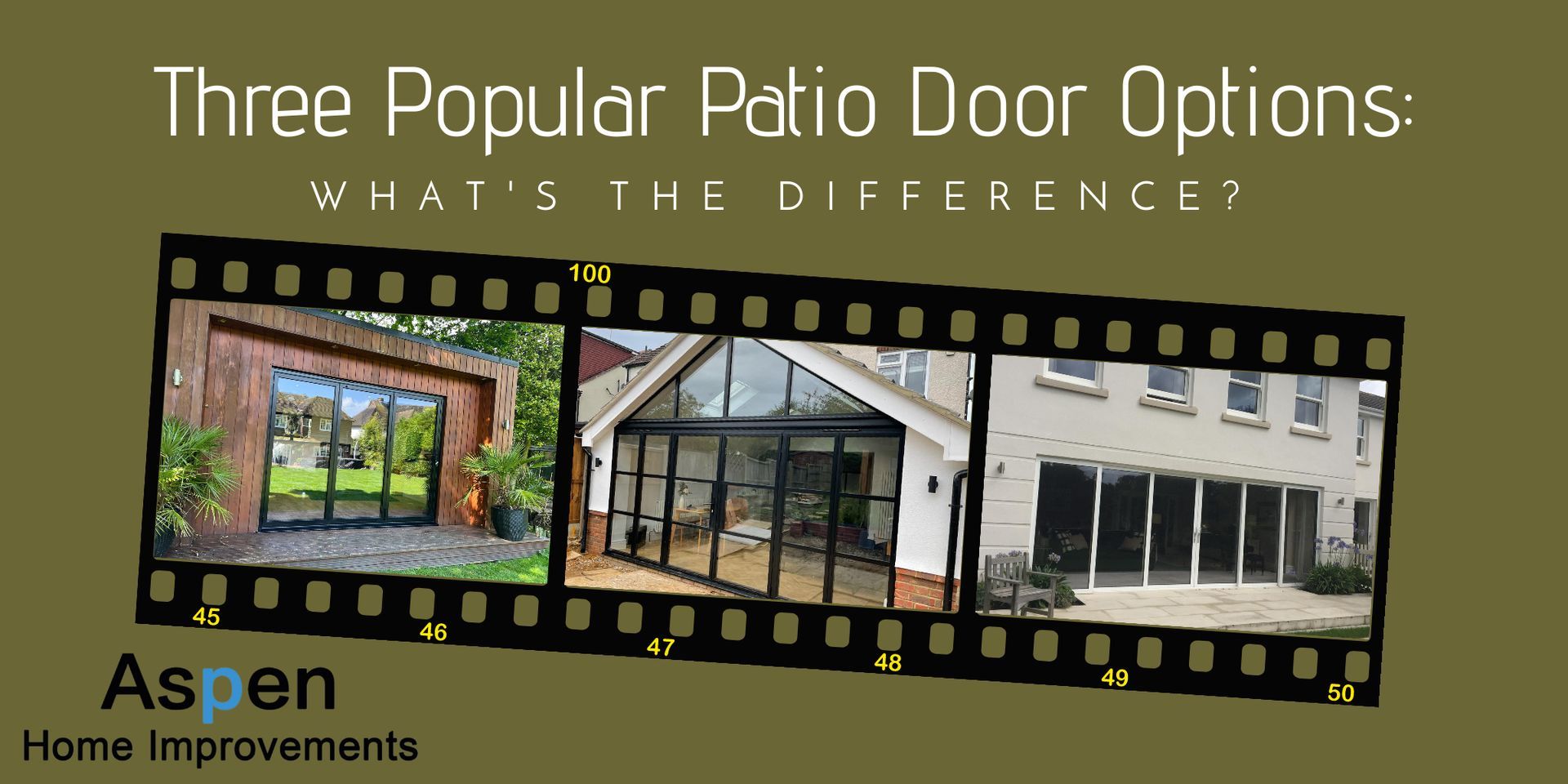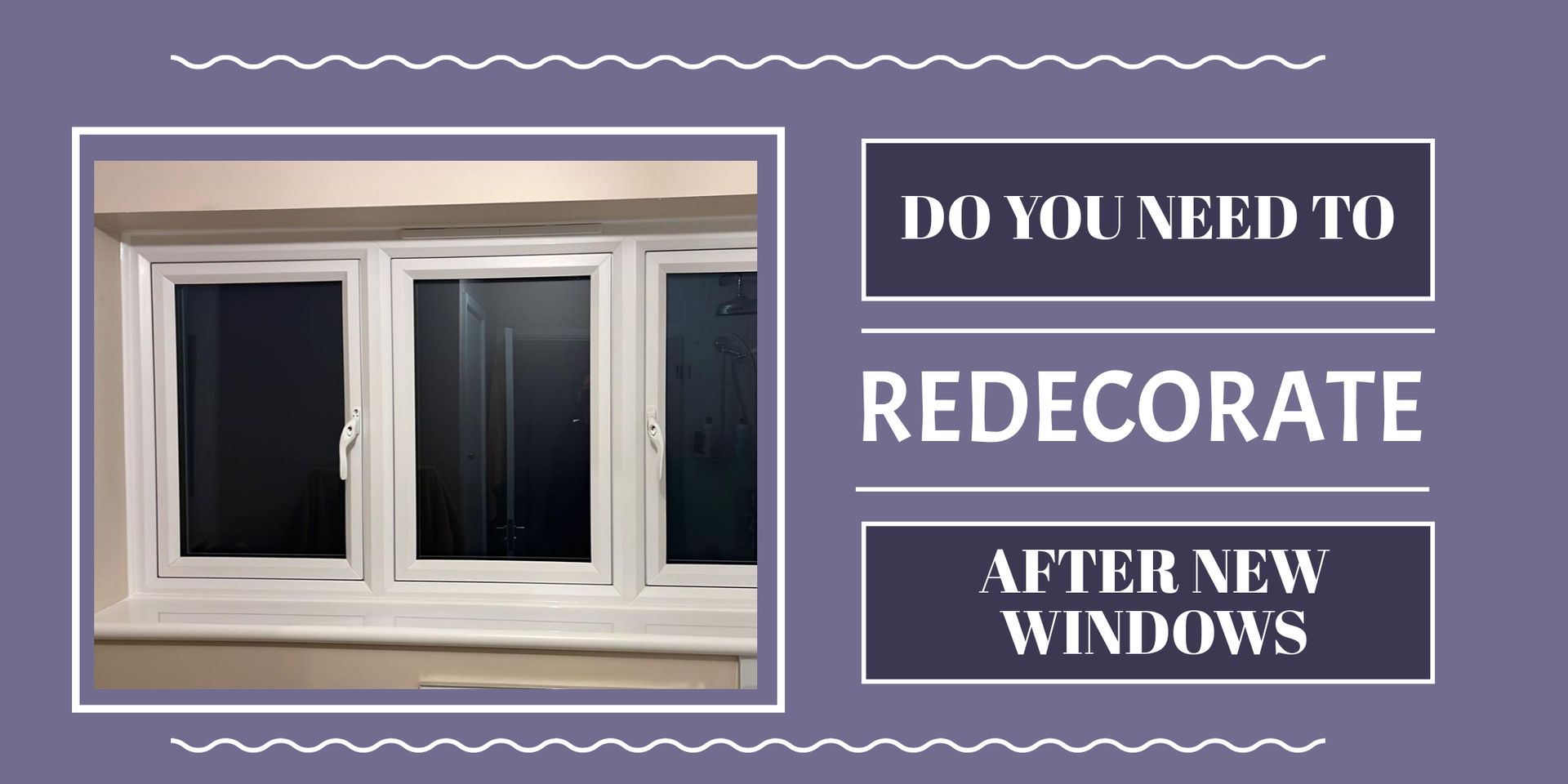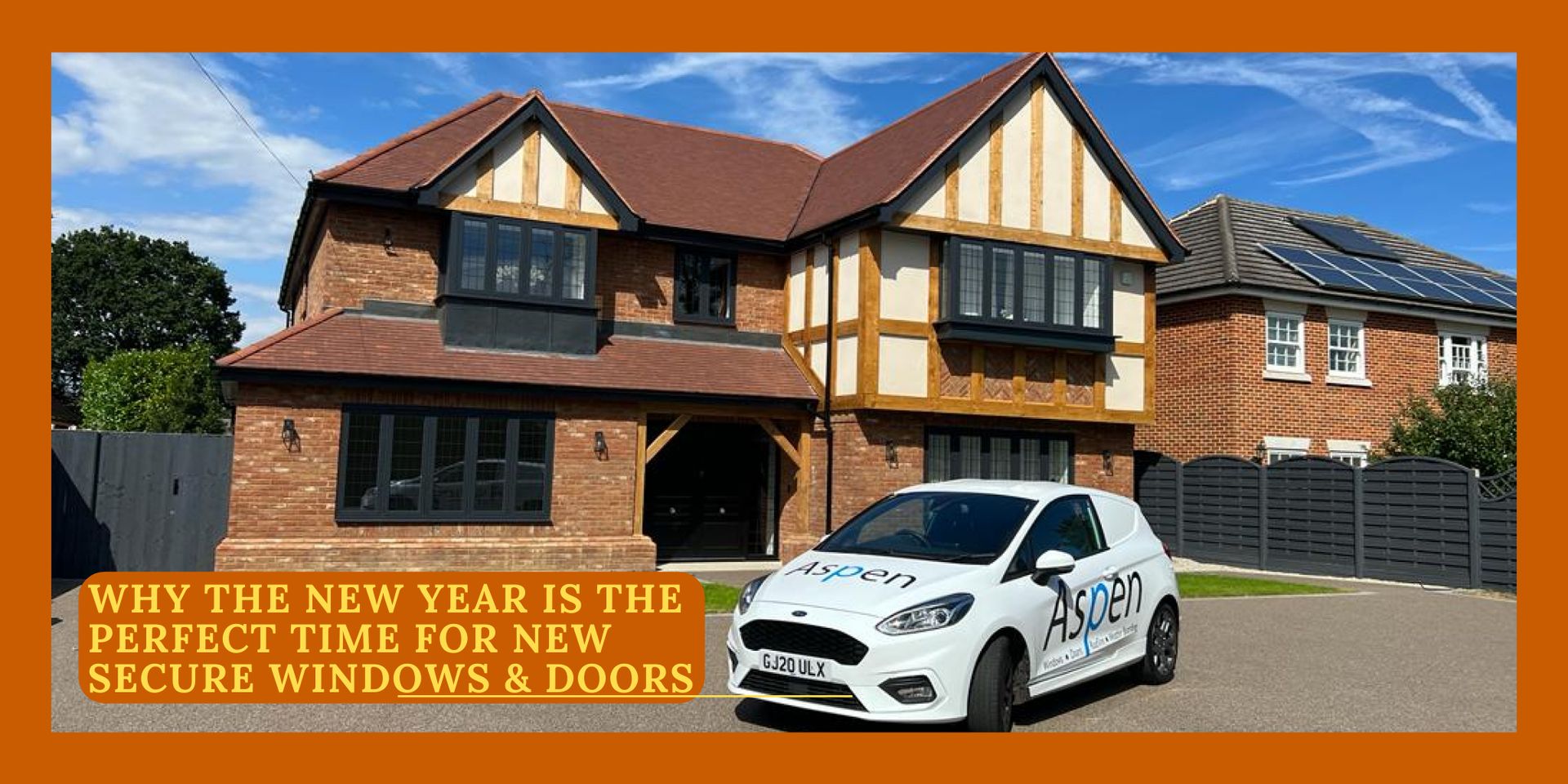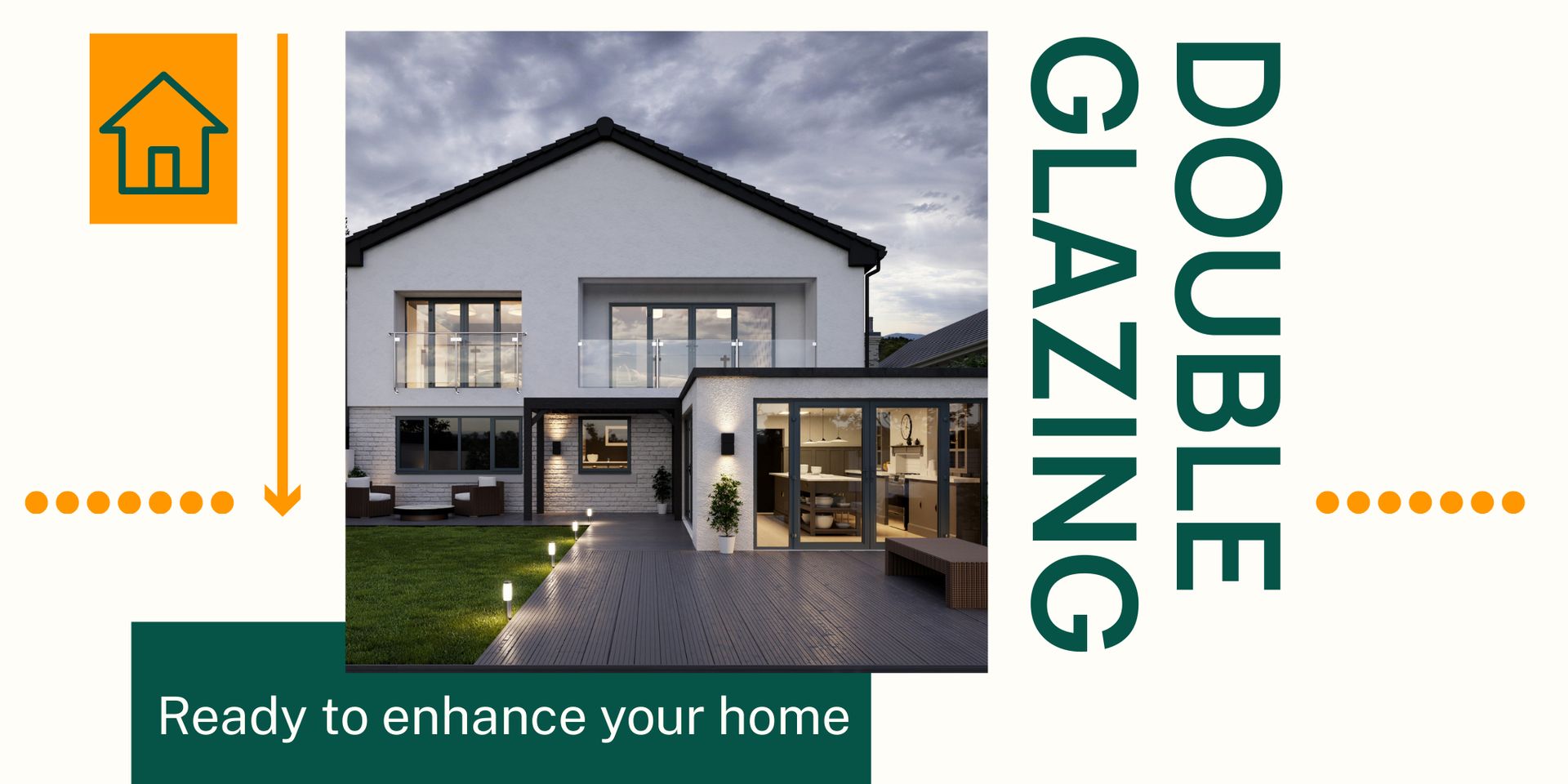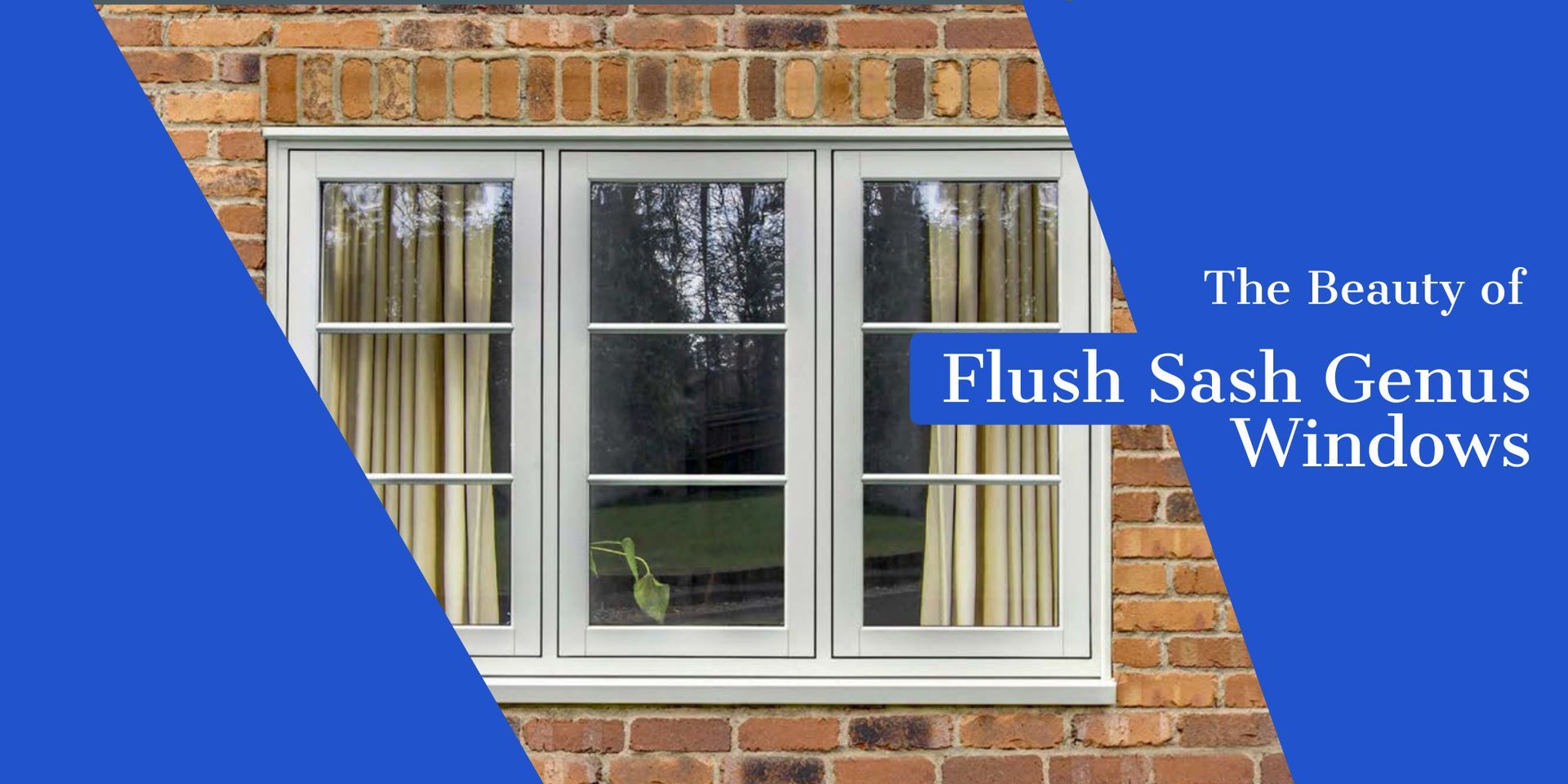Sliding Authentic Sash Windows Billericay
Sash windows done well preserve the character that makes period properties desirable
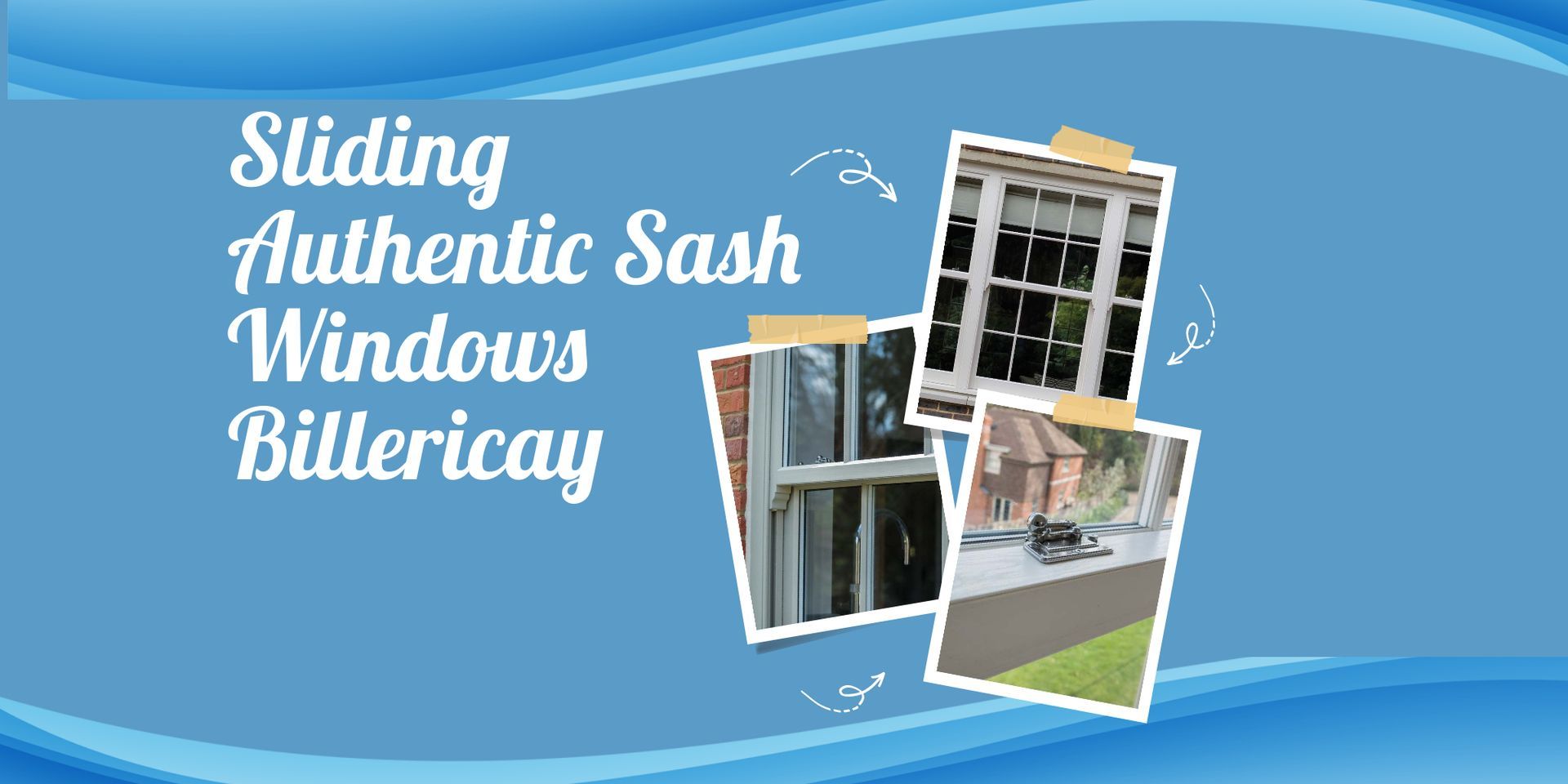
Sash windows define the character of period properties across Billericay. The vertical sliding design has been a feature of British architecture since the 17th century.
Original timber sashes add value and charm, but decades of exposure to Essex weather take their toll.
Rot, draughts, rattling frames, and broken cords are common problems. Paint builds up over the years until windows no longer open. Single glazing offers minimal insulation.
Many homeowners face a choice: restore the originals at considerable expense, or replace them with modern alternatives that maintain the authentic look.
Why sash windows suit period homes
Georgian and Victorian properties were built with sash windows for good reason.
The design allows ventilation from top and bottom simultaneously, creating airflow without the window protruding into the room or garden.
This matters in terraced houses where space is tight.
The proportions work with period architecture. Tall, narrow panes divided by slim glazing bars match the scale of older buildings.
Casement windows or modern styles often look wrong on properties built before 1900, even when the materials are high quality.
Conservation areas around Billericay have planning restrictions. Replacing sash windows with a different style may require permission or face rejection.
Keeping the original design avoids these complications.
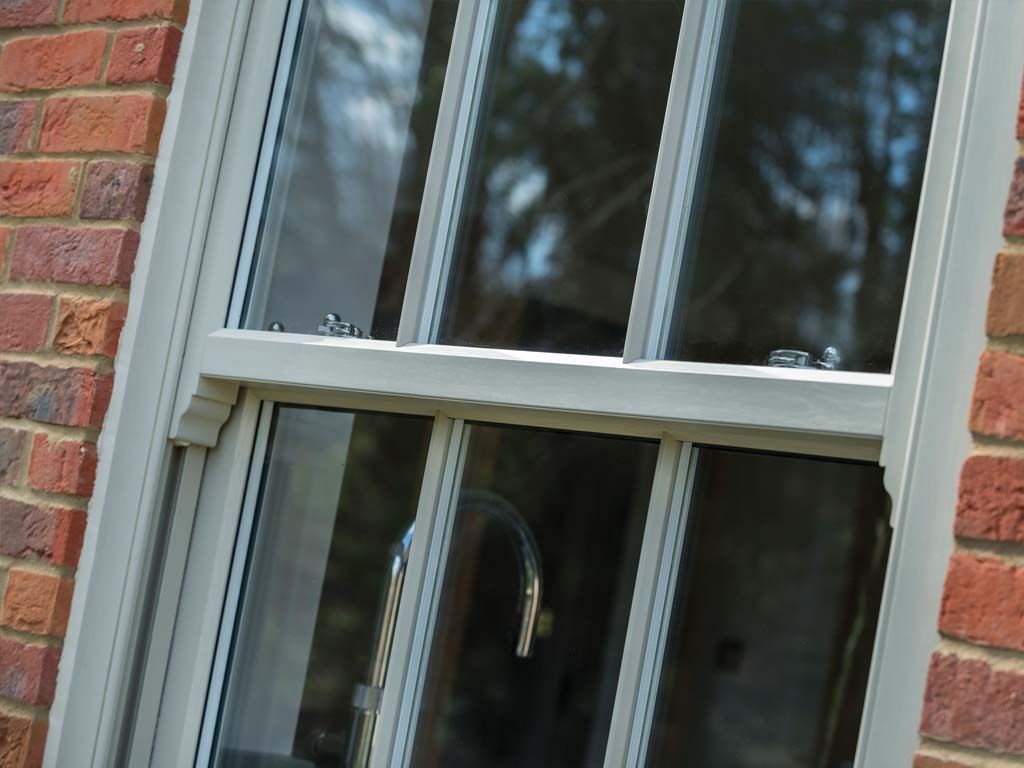
Timber versus uPVC
Purists argue that only timber belongs on a period property. Wood matches the original materials and can be repaired indefinitely.
High-quality hardwood sashes last decades with proper maintenance.
The drawbacks are significant. Timber needs repainting every few years. It swells in damp weather and shrinks in dry conditions, affecting how smoothly windows operate.
Rot remains a risk despite modern treatments. Costs are substantially higher than uPVC, both for purchase and ongoing maintenance.
Modern uPVC sash windows replicate the appearance of timber with minimal upkeep.
Profiles are designed to mimic traditional proportions. Colours beyond white include woodgrain effects that look convincing from a distance.
Mechanical joints replace the weights and cords of original designs, reducing maintenance while keeping the vertical sliding action.
The performance gap is substantial. Double glazing cuts heat loss and noise. Draught-proof seals eliminate rattling.
Security features meet current standards, which Victorian windows never will. For most homeowners, these practical benefits outweigh aesthetic purism.
Getting the details right
Poor imitations are obvious. Chunky frames, incorrect proportions, or the wrong number of panes ruin the effect.
Authentic-looking uPVC sashes need slim sightlines that match traditional timber dimensions.
Georgian bars should sit within the sealed unit, not stuck on the surface. Deep bottom rails replicate the look of the original meeting rails.
Horn details at the top corners of the lower sash are a small feature that makes a big difference to authenticity.
Hardware matters too. Brass or chrome fittings suit period properties better than plastic.
Traditional sash lifts and catches complete the look, even when the internal mechanism is modern.
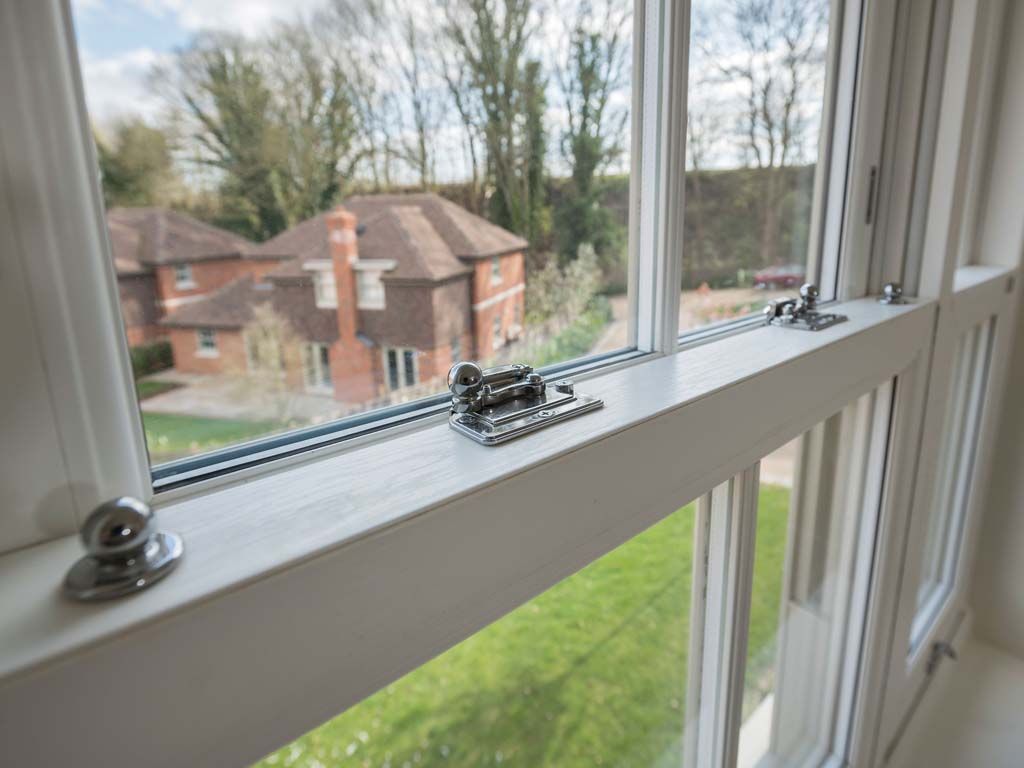
Planning and conservation considerations
Listed buildings require consent for window replacement.
Local conservation officers assess whether proposed changes preserve the building's character. Even close replicas may face scrutiny.
Properties in conservation areas have fewer restrictions, but visible changes to the street elevation still need approval.
Rear or side windows usually have more flexibility. Checking requirements before ordering windows prevents expensive mistakes.
Some councils publish design guides specifying acceptable window styles for different types of property. Following these recommendations speeds up the approval process.
Energy efficiency in older properties
Single-glazed sash windows lose heat rapidly. Replacing them with double-glazed versions can halve energy loss through the glass.
However, windows account for only part of a building's heat loss. Solid walls, chimneys, and suspended floors often leak more warmth.
Modern sash windows achieve U-values around 1.4 W/m²K, meeting building regulations for replacements.
Slim double glazing fits within frames that look traditional while providing thermal performance impossible with single panes.
Draught-proofing makes a noticeable difference to comfort. Original sashes develop gaps as timber shrinks and buildings settle.
Cold air infiltration causes discomfort even when the glass itself is reasonably insulating. Properly sealed replacements eliminate this problem.
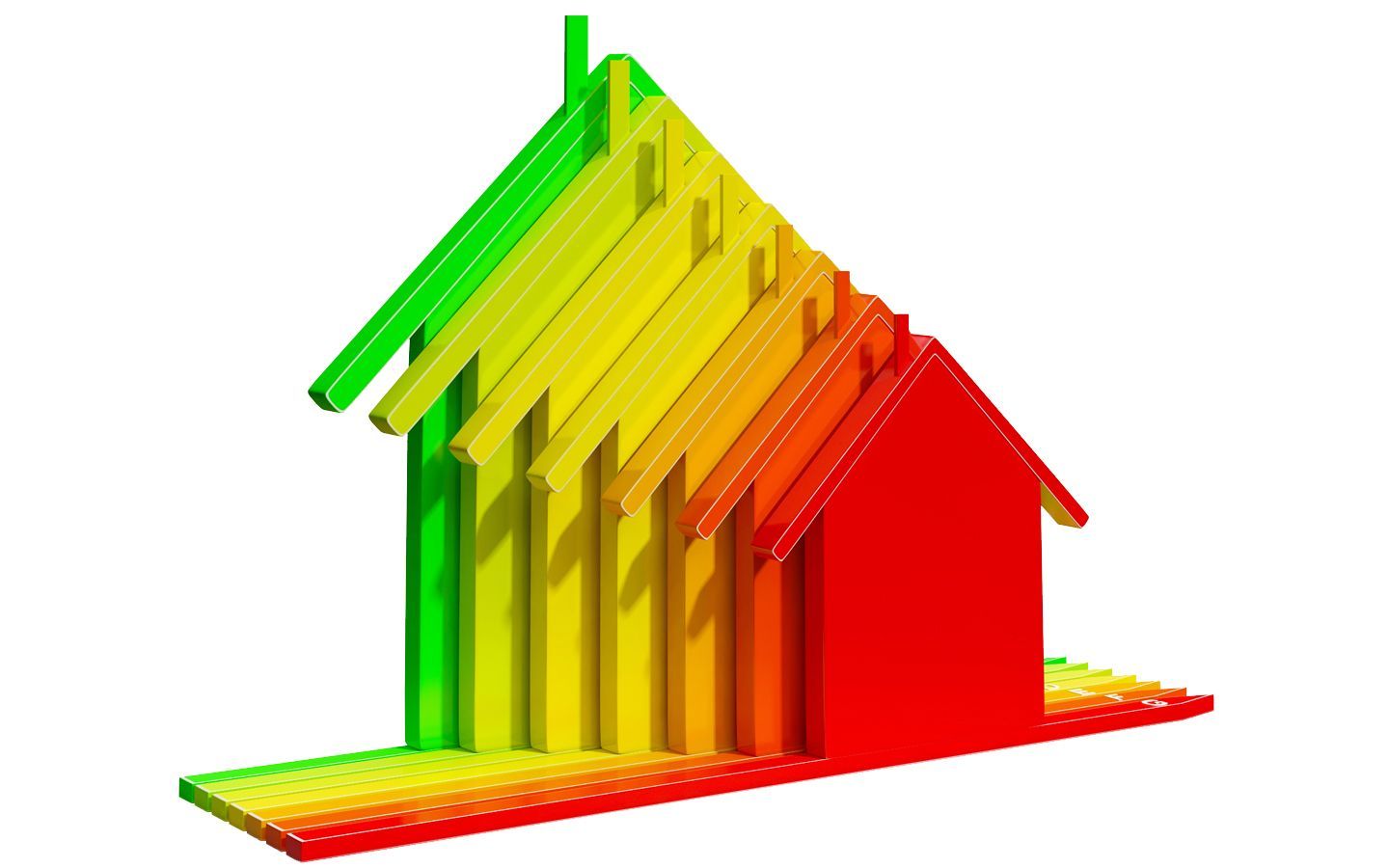
Security improvements
Victorian sash windows were never designed with security in mind. A knife blade or thin tool can often flip the catch from outside.
Ground floor windows are particularly vulnerable.
Modern replacements include multi-point locking systems. Shootbolt locks engage at several points around the frame, making forced entry much harder.
Laminated glass resists breaking better than standard panes. These features provide protection without altering the external appearance.
Insurance companies increasingly expect adequate window security. Older properties with original sashes may face higher premiums or coverage restrictions.
Upgrading to windows that meet current security standards can reduce costs.
Installation challenges in period buildings
Older properties rarely have perfectly square openings. Walls may be out of plumb, lintels can sag, and brickwork shifts over time.
Installing new windows requires skill to achieve a neat fit without damaging original features.
Removing old sash boxes often reveals surprises. Previous repairs, hidden rot, or structural issues need addressing before new windows go in.
Experienced installers anticipate these problems and know how to resolve them without excessive disruption.
Internal plaster and external brickwork need making good after installation.
Matching existing finishes takes care, particularly with lime plaster common in older buildings. Rushed work leaves visible damage that costs more to fix properly later.
Maintenance & longevity
uPVC sash windows need little maintenance beyond occasional cleaning. Hinges and locks benefit from lubrication once a year.
Drainage holes at the bottom of the frame should be kept clear to prevent water pooling.
Seals and gaskets eventually permeate, usually after 15-20 years. Replacement is straightforward and much cheaper than new windows.
Quality products come with guarantees covering materials and workmanship for at least ten years.
Colour stability varies between manufacturers. Cheaper uPVC can yellow or fade, particularly on south-facing elevations.
Better quality materials include UV stabilisers that maintain appearance for decades. Asking about the profile manufacturer and checking their reputation prevents disappointment.
Costs & value
Replacing sash windows costs more than standard casements due to the complex mechanism.
Prices vary depending on size, glazing options, and finish. Authentic detailing adds to the cost but makes a significant difference to appearance.
The investment often returns when selling.
Period properties with sympathetic upgrades appeal to buyers who want character without the maintenance burden of original features.
Poorly chosen replacements can reduce value by harming the building's appearance.
Energy savings offset some of the initial expense.
Lower heating bills and improved comfort provide ongoing benefits. Reduced maintenance compared to timber also saves money over time.
Working with local expertise
We understand Billericay's architectural styles and the planning requirements that come with period properties.
Years of working within our area mean we know which designs suit different types of buildings and can advise on conservation area regulations specific to Billericay, Essex.
Seeing examples in our showroom at Whitesbridge Farm Industrial Estate helps judge quality properly.
Photographs don't show how smoothly windows operate or how substantial the frames feel.
Testing locks, checking sightlines, and examining joinery reveals differences between products that aren't obvious otherwise.
Installation quality matters as much as the windows themselves. Our experienced fitters are familiar with the quirks of period properties and deliver better results than general builders unfamiliar with older buildings.
We can show previous work on similar houses in the local area.
Sash windows done well preserve the character that makes period properties desirable while delivering the performance modern living demands.
Getting the details right requires careful selection and skilled installation, but the results justify the effort.
We do hope you found this article of interest, if you do have a query regarding this article or any of our other articles, then please get in touch with us.

